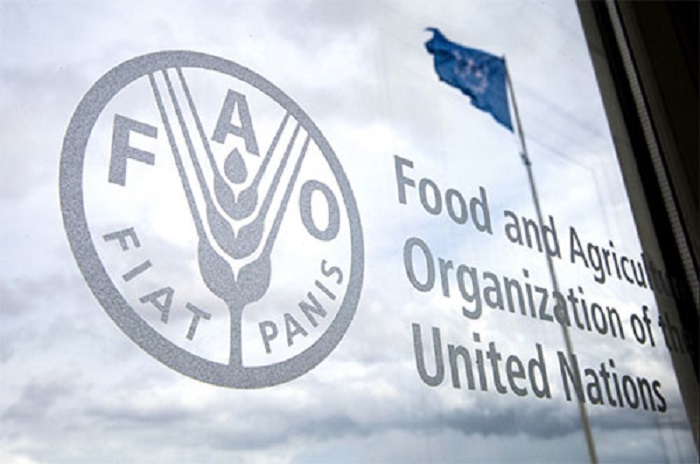As global hunger remains a pressing issue, the latest State of Food Security and Nutrition in the World (SOFI) report, published by several United Nations specialized agencies, projects that over 500 million people could face acute malnutrition by 2030.
The report reveals that in 2023, approximately 733 million people experienced hunger worldwide—equivalent to one in eleven individuals globally and one in five in Africa. Presented during the G20 Global Alliance against Hunger and Poverty Task Force Ministerial Meeting in Brazil, the report underscores a significant setback in achieving Sustainable Development Goal (SDG) 2, Zero Hunger, by 2030. It highlights that the world’s progress has regressed to levels seen in 2008-2009.
Despite advancements in certain areas such as stunting reduction and increased exclusive breastfeeding, global hunger levels have plateaued for three consecutive years. The number of undernourished people in 2023 ranged between 713 and 757 million—about 152 million more than in 2019.
Regional trends show a concerning rise in hunger in Africa, where 20.4% of the population is affected. In Asia, the percentage remains stable at 8.1%, while Latin America shows improvement, with a hunger rate of 6.2%. However, hunger increased in Western Asia, the Caribbean, and most African subregions from 2022 to 2023.
The report projects that by 2030, approximately 582 million people will suffer from chronic undernourishment, with half of them in Africa. This forecast mirrors the levels observed in 2015 when the Sustainable Development Goals were adopted, indicating a troubling stagnation in progress.
The report also reveals that 2.33 billion people worldwide faced moderate or severe food insecurity in 2023, a figure that has remained largely unchanged since the sharp rise during the COVID-19 pandemic. Among them, over 864 million experienced severe food insecurity, often going without food for entire days.
Economic access to healthy diets remains a significant challenge, with over one-third of the global population unable to afford a nutritious diet. The report notes that 2.8 billion people were unable to afford a healthy diet in 2022. This issue is most acute in low-income countries, where 71.5% of the population struggles to afford healthy food, compared to just 6.3% in high-income countries. In contrast, the number of people unable to afford a healthy diet has decreased in Asia, North America, and Europe, but has increased substantially in Africa.
The report also highlights progress in exclusive breastfeeding rates, which have reached 48%, but notes that achieving global nutrition targets remains challenging. Low birthweight prevalence remains around 15%, and stunting among children under five has decreased to 22.3%, yet still falls short of targets. Additionally, while wasting among children has not improved significantly, anemia in women aged 15 to 49 years has increased.
The report also points to a rising prevalence of adult obesity, which increased from 12.1% in 2012 to 15.8% in 2022. By 2030, the number of obese adults worldwide is projected to exceed 1.2 billion. This rise in obesity, coupled with persistent undernutrition, reflects the complex nature of the global malnutrition crisis.
The 2024 SOFI report’s theme, “Financing to End Hunger, Food Insecurity, and All Forms of Malnutrition,” emphasizes the need for a comprehensive approach to achieve SDG 2 Zero Hunger. This includes transforming agrifood systems, addressing inequalities, and ensuring affordable, healthy diets for all. The report calls for increased, cost-effective financing with a clear definition of what constitutes effective food security and nutrition financing.




